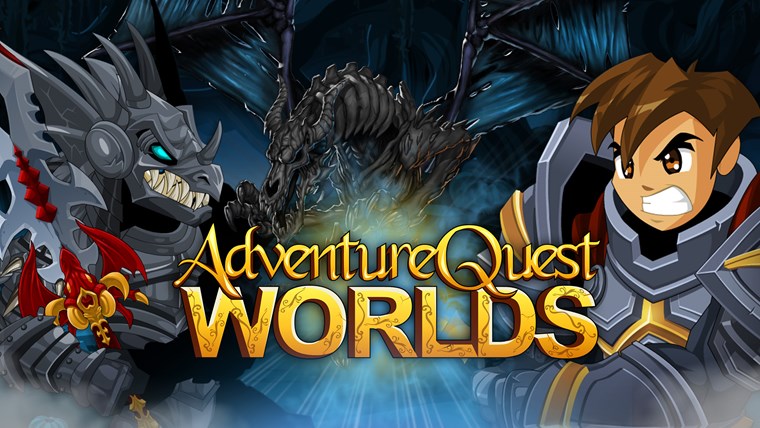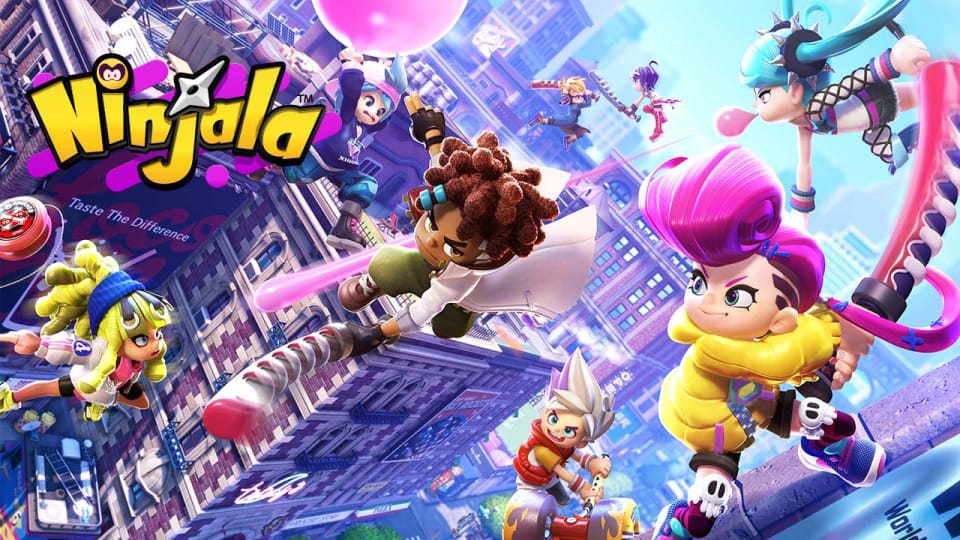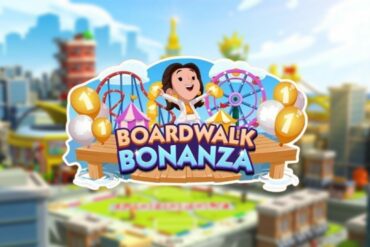Free-to-play games tend to be popular because they’re free. Sometimes, there are free games like Fortnite, Guardian Tales, and others that don’t require people to pay to win or continue with the story. There is, of course, the ability to pay to get cosmetic items or characters/weapons, but these aren’t required to win. However, there are a lot of games out there that require microtransactions to succeed. This can take away the enjoyment of the games and ostracize gamers in the process. There’s nothing inherently wrong with microtransactions. They become an issue when they’re needed to play.
Over the years, I’ve spent hundreds of dollars on microtransactions, but it wasn’t essential to continue playing. Most of them have been for cosmetics items that made the character feel more personalized to me. The first monumental game I encountered with cosmetic items was Adventure Quest Worlds, where I spent a small fortune on these.

As I dived into this game, it became apparent microtransactions were necessary to advance. If you ran out of inventory space, you had to either pay for more with in-game currency (only obtained by real money) or permanently delete the item. Specific area-unlocking equipment required a paid subscription to use, leaving parts of the games blocked behind a paywall. There was always the option to grind for items, but these would never be as useful. It became clear that a subscription was required to make the game enjoyable. So this was my first negative experience with a pay-to-win free-to-play game.
Money Money Money
Microtransactions are an extremely profitable market for companies to use. They see enormous profits annually due to the vast amount of money people spend on their games. It’s easy to have people pay a few dollars for items here and there instead of forking out 30+ dollars for a game that also has microtransactions. If done correctly, the game won’t have constant pop-ups for items that can be purchased. Alternately, the pop-ups will happen on occasion or when the situation is deemed suitable for such. The fewer times the player is interrupted, the more inclined they will be to actively purchase an in-game item.

When looking through reviews of free-to-play games, the comments that stand out are the ones mentioning microtransactions. In certain games, they mention that it is hard to go further unless you purchase the required items. One game that comes to mind for this is the Harry Potter: Hogwarts Mystery game on mobile. In order to do well and progress, you will need to purchase energy to complete quest events. It is extremely difficult to complete these unless you buy energy.
On top of this, cosmetic items also have stats that can make it easier to win in duels against other players. It is very unlikely to get these items unless you purchase in-game currency. This can make players less likely to participate in the PVP aspect of the game. They can also help with quests to make them easier, ultimately, if you want to have fun and do well, be prepared to pay for it.
Make It Safer
The purchasing of items in the game tends to be in a young demographic between the ages of 10-16. Peer pressure is a common cause of this. It leads to an increase in theft as well (use of credit cards without consent). This often results in an unhealthy relationship between the child and the game, as they will feel more inclined to continue with this behavior if they get away with it. It’s not the intention of the game company to cause this behaviour but there isn’t anything actively preventing this.

Microtransactions shouldn’t be advertised to a young demographic. Their brains are still developing, and it’s unlikely that they will be able to fully grasp the consequences of purchasing in-game items. This is more noticeable in games like Fortnite.
The battle pass has two sections: A paid battle pass which receives better cosmetic items and currency, and the free section. The free section receives items every few levels but never anything substantial in comparison to the paid battle pass. This comparison shows that money equates to cool things. It targets the desire for rewards, which is particularly vulnerable in young people.
In order to reduce the risk of unknown spending, better restrictions need to be put in place to complete transactions. It would also be better if microtransaction advertisements weren’t targeting people in school. Game companies can still make money through older age groups as they tend to have jobs and a bit of disposable income. This age group is also more likely to continue with in-game purchases as well. So it makes more sense to advertise to people who can actually pay without stealing someone else’s money.
Are All Free-To-Play Games Bad?
Although there are a lot of games out there that lean heavily on microtransactions, there are plenty that don’t. The games that aren’t pushing their in-game purchases tend to be the ones that are the most enjoyable to play. Across more recent consoles (including PC and mobile), there are a bunch of free and fun games to play.

Games like Ninjala (Nintendo Switch), Valorant (PC) and CRSED: F.O.A.D. (PS4) are all enjoyable and can be played without the need to purchase in-game items. There are plenty of fun alternatives out there that don’t require spending money. Games like these are generally received more positively. This is because they don’t push for buying items to use in-game or cause unfair advantages.
Overall, it seems to be pretty split; there are free-to-play games that are genuinely free to play, and there are also a lot that require microtransactions in order to advance. However, it’s more likely for a game to be received poorly if they continuously push microtransactions. The more pop-ups that interrupt a player, the less inclined they feel to spend their money. There’s nothing wrong with spending your own money on games, just as long as it doesn’t interfere with day-to-day life.






